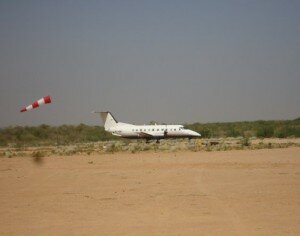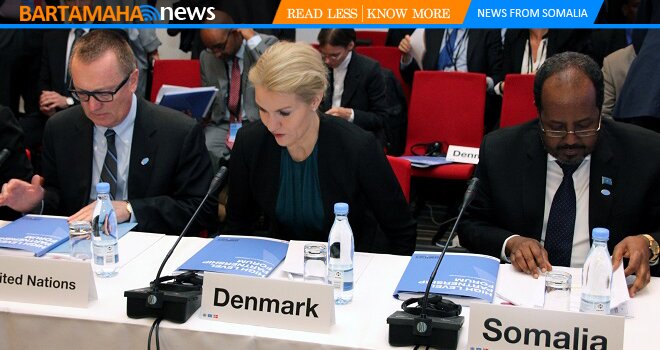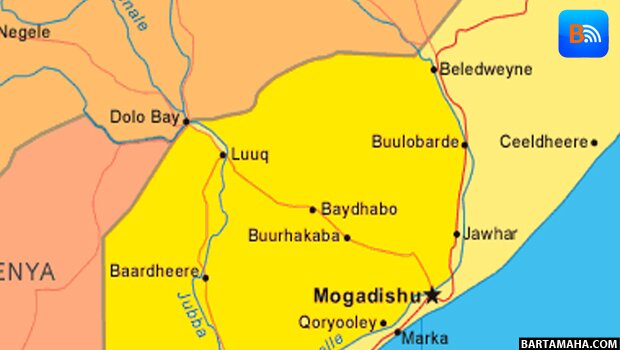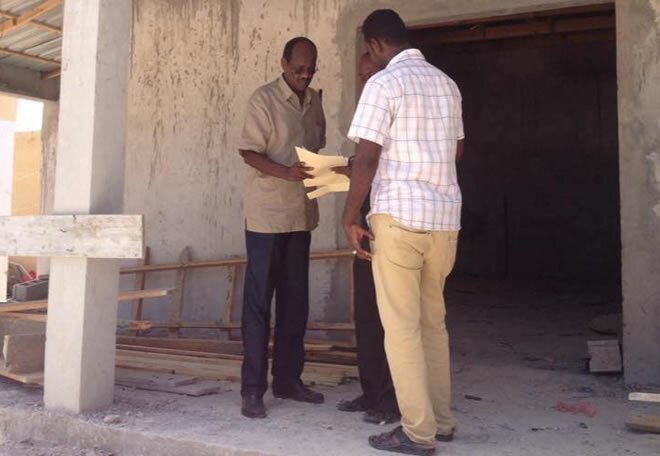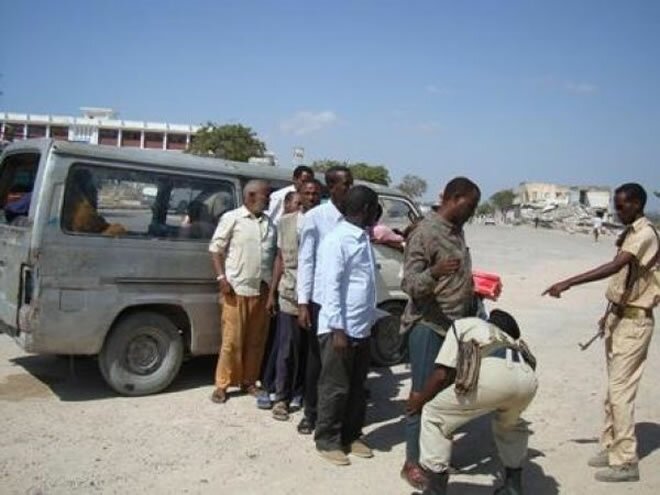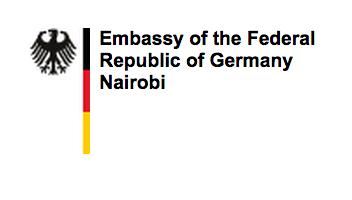UN-backed invasion of Somalia spirals into chaos
 People who have endured civil war, oppression under a brutal religious sect and starvation now find themselves caught between the lines of a border conflict that is entering a new and dangerous phase.
People who have endured civil war, oppression under a brutal religious sect and starvation now find themselves caught between the lines of a border conflict that is entering a new and dangerous phase.
Kenya’s invasion of Somalia, hailed by the West and the UN Security Council, was meant to deliver a knockout blow to the militant Islamist group al-Shabaab. Instead it has pulled Somalia’s regional rival Ethiopia back into the country, stirred up the warlords and rekindled popular support for fundamentalists whose willingness to let Somalis starve rather than receive foreign aid had left them widely hated.
Nuur Matan, with his camouflage cap and business suit, is part of the Transitional Federal Government (TFG) that the UN and the foreign armies are backing against al-Shabaab. With their help it has wrested back control of the capital, Mogadishu.
An MP for Beled-Hawo, a lawless Somali town in the border triangle where the Horn of Africa country meets Ethiopia and Kenya, he talks gamely of defeating al-Shabaab. In reality his forces are little more than guns for hire and he has no money.
“We’re trying our best to pay our soldiers,” he says, before admitting there’s been no money for four months.
The TFG “soldiers” include children as young as 14, who hire themselves out to all comers. Those who have joined up but haven’t been paid are selling their guns and uniforms at the local market. The yellow star of the Somali flag flies in the town centre but it is the Ethiopian army camped on the outskirts who are the real authority in Beled-Hawo.
The Ethiopians entered Somalia for a second time in late November – a move prompted, analysts believe, by the desire to assert their own interests in the country after Kenya’s incursion. The Ethiopians have so far resisted marching further into Somalia; their last incursion five years ago led to a fierce Islamic resistance movement that established al-Shabaab as a national force.
In many of the border towns, TFG soldiers have fallen under the command of former warlords. Before invading the country Kenya gave guns, uniforms and rudimentary training to any ethnic Somalis willing to cross the border and fight the militants. Now that al-Shabaab has been pushed back, these militias are meant to fill the gap. The result, says Abdullai Abdi from the Kenya-based Somali relief agency Northern Aid, is a rabble often more frightening to ordinary Somalis than is al-Shabaab.
“When Shabaab was on the other side, yes they were brutal, chopping hands, but the criminal element was not there,” said Mr Abdi. “I know these people, I know their families – they are thugs and criminals.”
Al-Shabaab, which retreated from the borderlands months ago, has switched to guerrilla tactics and melted into the population. Meanwhile in the interior of Somalia, in places like Buluk, 100 kilometres from Beled-Hawa, the militants have barged into schools and press-ganged entire classes into joining them.
Kenya’s first foreign war, which began triumphantly in October with embedded reporters sending breathless reports from the front, is coming off the rails. “The military operation is going nowhere,” says Rashid Abdi, a Somalia analyst with the International Crisis Group. “I’m not sure it has really damaged the Shabaab.”
He says that the Kenyan-TFG forces have moved no more than 70km into the country and only control the main roads. Kenya has had to admit that it cannot afford to fight on its terms. The war is costing an estimated £140m a month, which the country can ill afford amid soaring inflation and public sector strikes. Last week it was forced to ask the African Union to take over its operation in the hope that the international community would pick up the bill, as it does for the African peacekeepers guarding Mogadishu.
The consequences of the misadventure have already blown back across the border, where previously an uneasy peace reigned between the Islamists and their southern neighbours. Kenyan towns are coming under increasing attack from al-Shabaab assassination squads and roadside bombs.
The Kenyan defence forces, unprepared to fight a counter-insurgency, have in many cases turned on their own population. In Mandera, across the border from Beled-Hawo, another Kenyan soldier was killed by a roadside bomb last Sunday and four more were injured. Each time a bomb has gone off the army has gone house to house in the area doling out punishment beatings to local Kenyan-Somalis.
Abdi, who cannot give his real name for fear of reprisals, was among those beaten after an explosion in Mandera this year. He suffered serious head injuries, including a fractured eye socket, when soldiers smashed their way into his home and beat him in front of his wife. He spent two months in hospital.
“To them, Somalis are Somalis. It doesn’t matter that we’re citizens,” he says. “They can beat us when they like.”
An eight-year-old boy had his arms broken and a pregnant woman miscarried in similar assaults more recently.
Abdi worries that the beatings, in a town where the population is overwhelmingly Kenyan-Somali, will push some people into supporting al-Shabaab. Many in Mandera don’t know who to be more scared of, the Kenyan soldiers or al-Shabaab insurgents. Death squads have carried out targeted killings and one community elder known to be critical of the militants was shot six times at close range as he left the mosque last month.
District Commissioner Benson Leparmorigo has taken to carrying his rifle with him wherever he goes. He admits that some people have been “roughed up” in the “heat of passion” after bomb attacks but complains that security forces face an “invisible enemy” that hits and runs.
“You can’t tell the difference between a Kenyan-Somali and a Somali: they look alike,” complains Erick Okumbo, the deputy police chief. He says the attacks, which are carried out using adapted land mines set off by mobile phones, are “psychological torture”. The militants are evading the Kenyan army, he says, and roaming up and down the borderlands looking for soft targets: “They come along the border and we are not enough to cover the whole border.”
As the human and financial costs of the war mount it has started to fade from Kenyan television sets. A local journalist who photographed wounded Kenyan and TFG soldiers in the northern town of Garissa last week – after a battle which authorities had denied happened – was arrested and had his images deleted.
The council of elders at the Beled-Hawo famine camp remember with distaste the rule of Somalia’s last central government, under the dictator Siad Barre. They recall the chaos and bloodshed of the warlords who took his place, and they have chafed more recently at living under the yoke of al-Shabaab.
Now they think Somali society’s clan system is too complicated for foreigners to fix even if they really wanted to. “We don’t know what the motives of outsiders are,” says one. “Only God or the Somalis can solve Somalia’s problems.”
Timeline: From famine to war
20 July The United Nations declares famine in southern Somalia, saying millions are at risk of starvation.
1 September Aid agencies estimate population at Dadaab refugee camp in northern Kenya reaches 450,000.
13 September British couple the Tebbutts holidaying on a Kenyan island in the Indian Ocean attacked by Somali gunmen. David Tebbutt, pictured, is killed and his wife Judith is kidnapped.
13 October Two Spanish aid workers with medical charity MSF abducted near Dadaab refugee camp by Somali gunmen.
18 October Kenya invades southern Somalia in a two-pronged offensive it claims will defeat al-Shabaab, who deny the abductions in Kenya.
18 November UN downgrades the famine in southern Somalia, says worst is over amid heavy rains.
20 November Ethiopia invades western Somalia sending troops toward Baidoa.
______
Guardian
Comments
comments
 Calendar
Calendar







